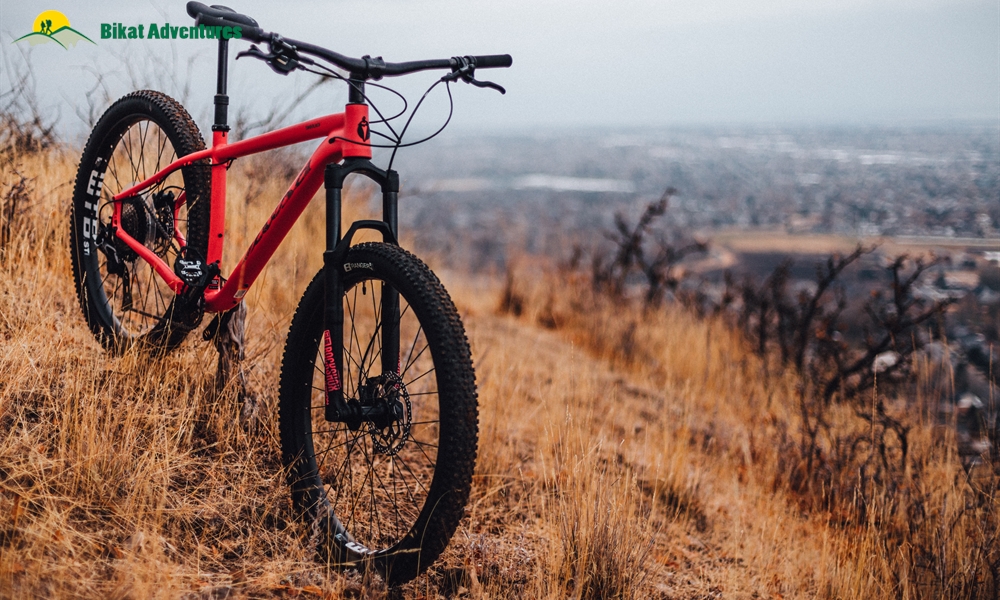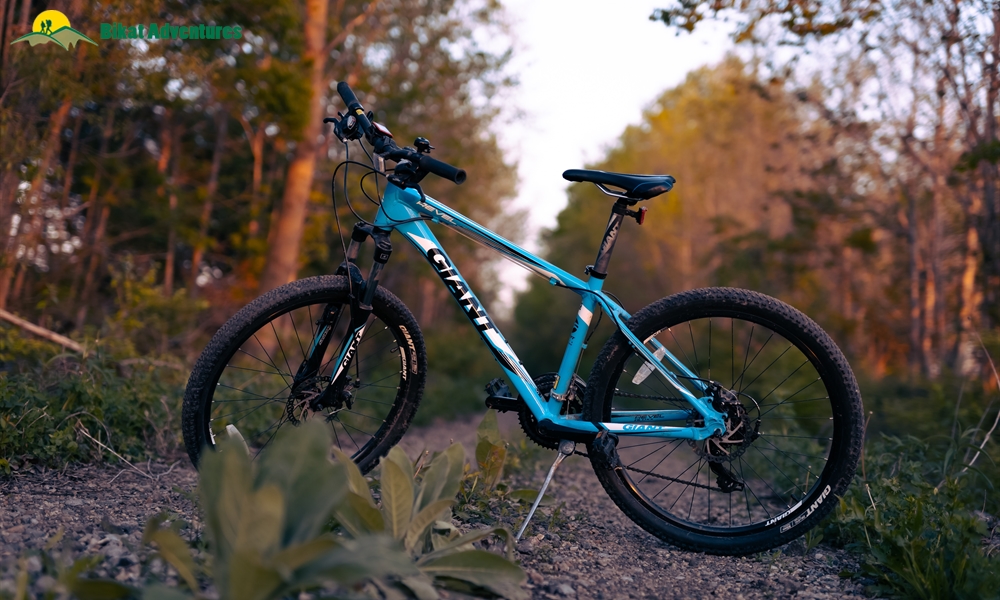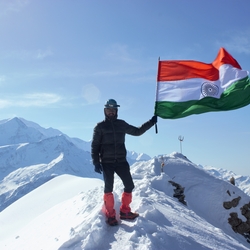Getting accustomed to riding a mountain bike and knowing the basics of it while riding in the mountains is important before embarking on any cycling expedition. While it might appear pretty straightforward, improper use of gears could make your journey difficult and unpleasant.
It is best to know a few fundamentals to ensure that you have a smooth expedition and also enjoy the mountain bike to the fullest.
Different Types of Bikes
There are different types of bikes available for you to choose from. The choice of bike generally depends on the terrain and the gear range that you require. The following are the major bike options to choose from:
Mountain Bike: The term speaks for itself. This bike is best suited for mountainous terrain, helping you cycle with ease through tough conditions. Mountain Bikes have multiple gears, broad and deep treaded tyres, and a sturdy frame that help navigate through uphill and downhill rides along with facilitating your balance in bad road conditions.

Road Bike: Road Bikes are generally used on paved roads to cycle long distances at a high speed. They have drop handlebars, slick and lean tyres and a multiple gear system. These are best suited for flat terrain with smooth roads.

Hybrid Bike: Hybrid Bikes offer a mix of features from both Mountain Bikes and Road Bikes. Their style and components lean towards a Mountain Bike and are best suited for riding through a mixed range of terrains. However, they do not have the speed that a Road Bike offers or the comfort and balance that a Mountain Bike does on off-road conditions.

For the purpose of cycling expeditions in the mountains, Mountain Bikes are best suited and help riding through tough road conditions.
Number of Gears on a Bike
The number of gears on a bike differs between different types of bikes. Road Bikes generally consist of 18 gears, 2 on the front and up to 9 on the rear wheel. In terms of gears and variations, Mountain Bikes have the largest range. They consist of gear shifters anywhere between 10 and 30. They are designed to have up to 3 cogs on the front and up to 10 on the rear wheel. Their wide range allows you to cycle through mountain terrain with ease.
While there is no difference in terms of performance, bikes with a higher gear range provide you with more to choose from to make the pedalling easier on uphill climbs. This is not a concern on flat well paved roads and a bike with higher gear range does not have any advantage over a bike with lower gear range.
Parts of a Mountain Bike
Before jumping into the basics and techniques for using a mountain bike, it helps to get accustomed to different parts of the bike.
Crankset: Geared bikes usually have three front chainrings. Chainrings form a key component in shifting and are one of the several parts that the pedals of the cycle are attached to.

Cassette: The bike’s rear cassette consists of a stack or a stack of cogs which are mounted on the right side of the bike’s rear wheel.

Chain: The chain is the component that connects the front chainrings of the bike to the rear cogs. The combination of the number of teeth on the bike’s cog and chainring determine the ease or difficulty with which you can pedal.

Derailleur: The derailleur enables the chain to move between cogs or chainrings when the gears are shifted.

Shifters: These are controls on either side of the handle that help in operating the derailleurs through cables.

Shifting Gears on a Bike
The shifter on the left moves the number on the front chainrings
- If you wish to make your pedalling significantly easier, move the chain to the smallest front chainring (for example, while climbing hills).
- If you are going downhill and wish to make your pedalling harder, move the chain to the largest front chainring.
- Middle chainring can be maintained depending on your requirement and the terrain.
The shifter on the right moves the chain on the back cassette
- The chain can be moved to the larger cogs in the back if you wish to make the pedalling easier (for example, while climbing hills). While this makes the pedalling significantly easier, it requires more pedals even to cover short distances, reducing your overall speed.
- While descending, the chain can be moved to the smaller cogs in the back if you wish to make the pedalling harder. This requires a high amount of muscle power but helps cover long distances and increases your overall speed.
This might appear like a lot of technical details to remember but it is fairly simple once you start using the bike. It is essential to get a hang of the gear system prior to the start of the expedition. This helps in understanding the best gear combinations that suit the terrain. You will also be able to shift the gears with ease, thus helping you focus on the road and the scenery around you. A couple of practice rounds should give you a good idea of the gears and how best to use them to your advantage.
Tips for Shifting Gears
Look Out for Changes in Terrain: It is important to shift gears before you start climbing or descending. When you notice that a change in terrain is ahead of you, get the right gears in place on time and not mid-way through the climb or descent. While it is okay to shift through more than one gear on flat/downhill terrains, make shifts in the gears one at a time if you are climbing up a hill.
Use One Shifter At a Time: In order to simplify the process of shifting, ensure that you do not shift both the front shifter and the rear shifter at the same time. This also helps minimise stress on the components of the bike.
Avoid Cross Chaining: Remember to not pick gears that place the chain on the polar opposites of the front cogs and rear cassette at the same time. This puts pressure on the components of the bike. Maintain a degree of alignment between the numbers on the front cogs and the rear cassette.
Now you have a basic idea of how to use a mountain bike in different terrains during the expedition. This will keep you from tiring out easily and will also ensure an effective use of your energy.






